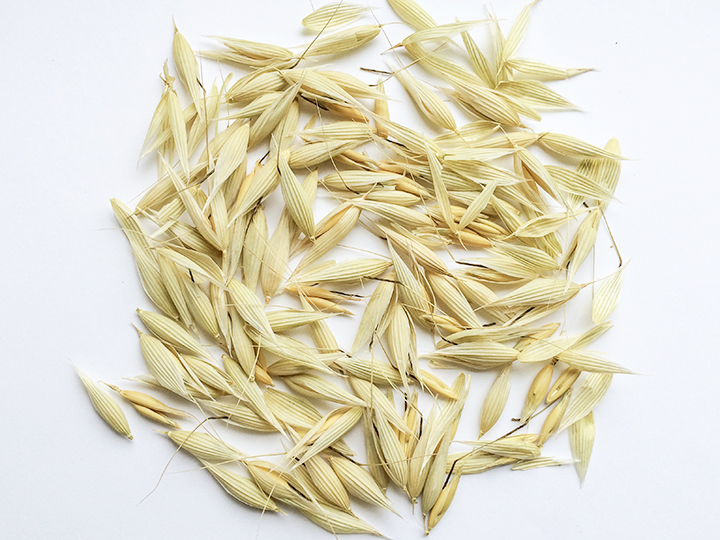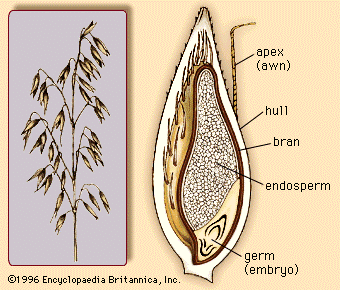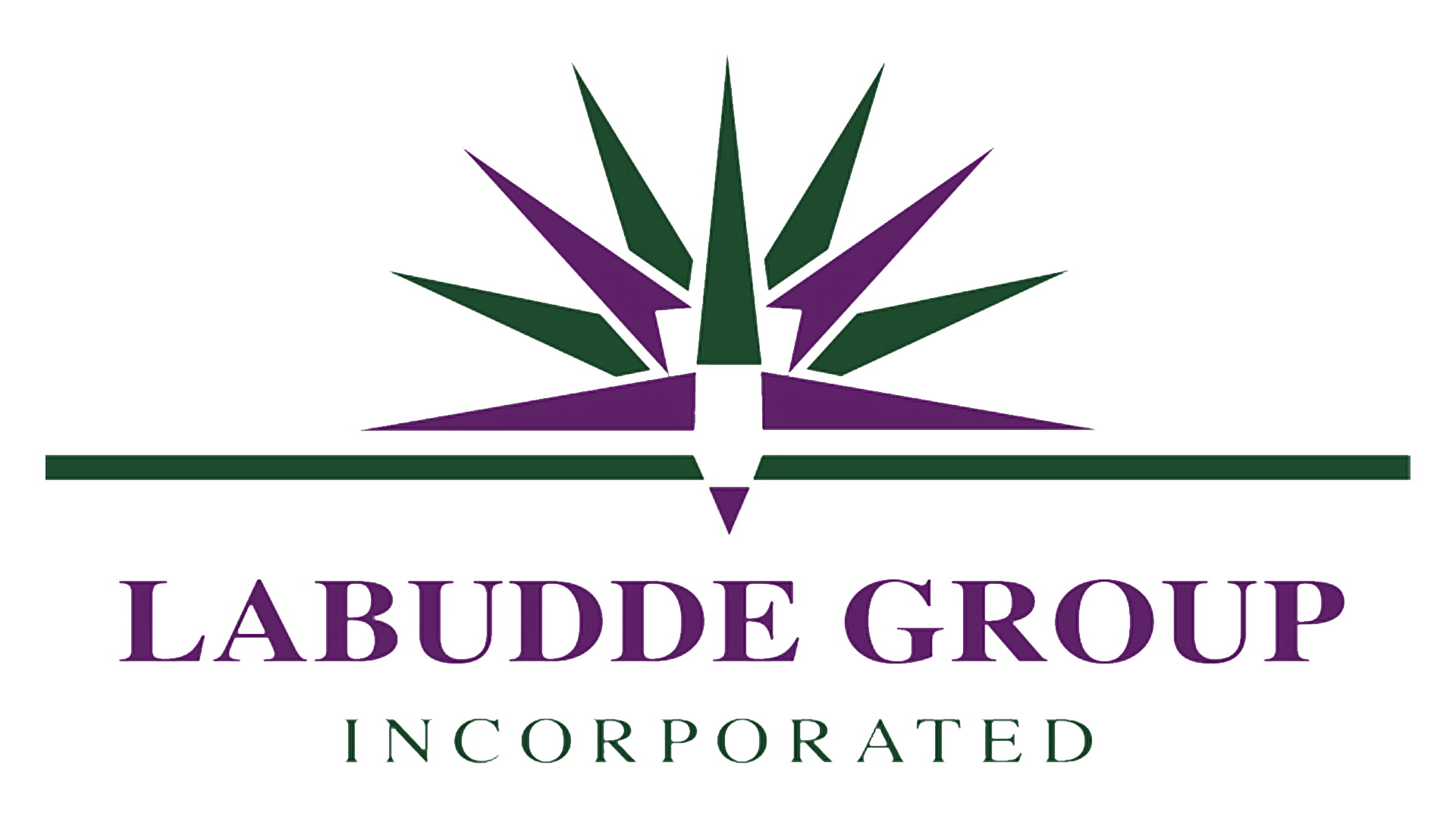
Oat Hull is not a common word for the average person, however at LaBudde we talk about it every day. So what is an oat hull? Think of it as the husk or outer shell that protects the seed of the oat plant. What we call the oat groats. As you see in the diagram below, the groat is the seed portion that has bran on the outside and an endosperm that contains the starch and the germ that is home to the oil or fat portion of the seed. An oat groat is further processed by the food plant into wonderful things like oatmeal, steal cut oats, or oat flour.

So how do Oat Hulls fit into our wonderful world of sustainable agriculture? It is steamed off of the groat during the process of cleaning the grain. Simple steam and pressure pulls the hulls off and separates it at the food processing plant. We help find homes for this low energy, high fiber feed option.
With only 4% protein and 1% fat, there is not a lot of energy brought to the nutritional party by Oat hulls. It can be an important part of a ruminant diet though. As we have discussed in previous posts, ruminant animals like dairy cows need a lot of fiber in their diet. A nice mix of slow digestible and faster digestible fiber keeps the fermentation vat of the rumen happy and healthy. It slows down digestion so that feeds with more calories or vitamins and minerals can sit long enough to digest better. So our farmers and feed mills utilize oat hulls as lettuce in the salad. It is a great way to help keep weight off cattle or to help add some dryness into a mixed feed that may have too high of moisture.
Many dairy farmers can utilize the Oat Hulls for their bred heifers. This is the group of females that are more than a year old, but are not producing milk yet. They are usually pregnant with their first calf. As they mature their diet needs to be monitored for energy consumption. If they get too much high energy corn or silage, they can get too fat and it is unhealthy for them while carrying their calf. Just like human mothers, gaining too much weight leads to health problems after giving birth. Feeds like Oat Hulls can help control the energy intake and keep the rumen (largest stomach compartment of the cow) healthy and ready to transition the cow for milk production.
This co-product is also utilized as bedding for multiple species. Turkey growers love to use oat hulls mixed with sawdust to help keep the turkey barns nice and dry. Dairy and beef producers utilize them as well as bedding. Especially during the economic downturn for construction, oat hulls were able to take the place of sawdust/wood shavings that were harder to find as less home construction was occurring. It also can be used by composting companies to help add some fiber and dry matter into their large composting operations. It adds a nice organic matter to their soil mixtures.
Oat Hulls are a source of heat for municipalities in MN and Iowa as well. The University of Iowa in Cedar Rapids utilizes the co-product in their incinerators. This cuts down their need for Natural gas and lets them utilize a renewable source of BTUs in their system. They are also close by the oatmeal and cereal plant in Cedar Rapids, saving on fuel needed to truck the product to their facility.
As you can see, Oats are a fast growing crop that offers so many resources other than just flour and oatmeal! The stalks are baled into straw for use on farm as bedding and to keep calves warm and dry in their pens during cold Midwestern winters, the groat is utilized in many ways for nutritious human food, and the Oat Hull has numerous valuable uses as feed, fuel, and bedding.

